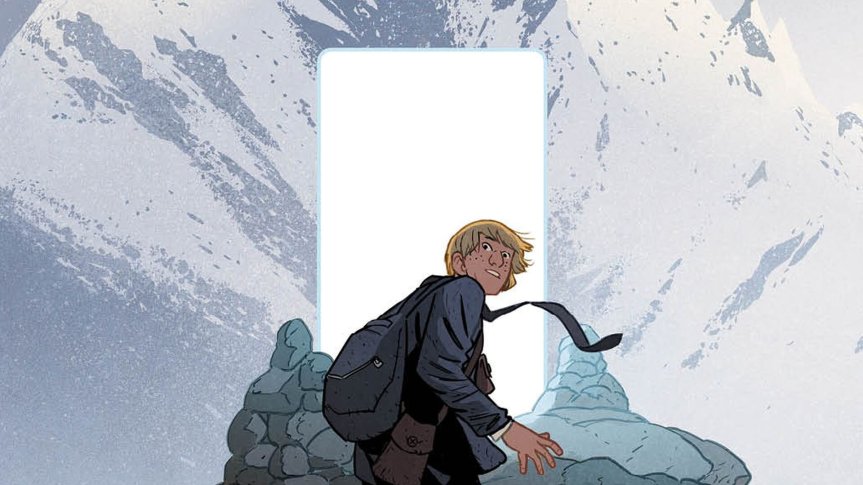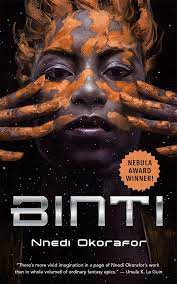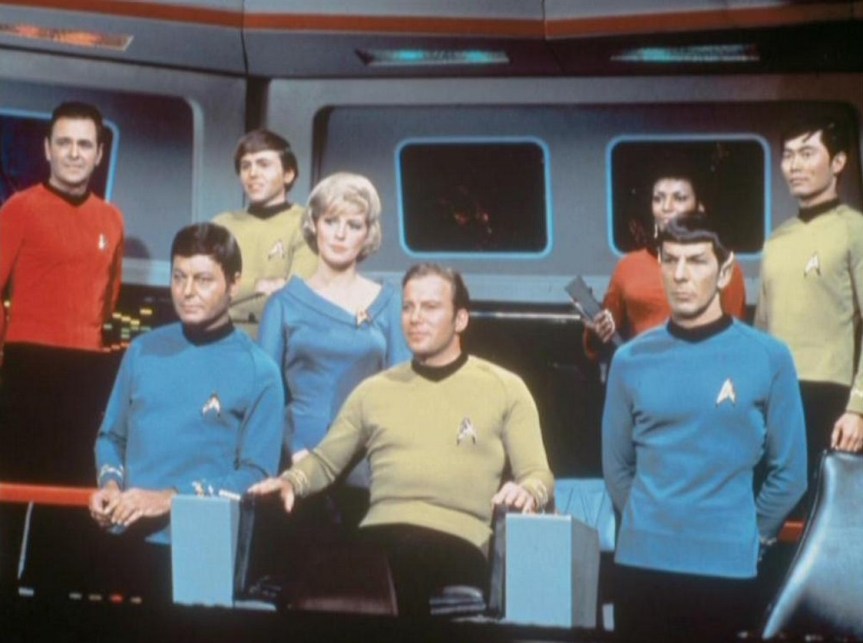You might have heard of Afrofuturism, which is a popular literary and artistic movement that features work from the African diaspora. But have you heard of Indigenous Futurisms?
This sci fi subgenre promotes the work of Indigenous creatives, whether their work is written, visual, auditory, or a combination of both.
In this article, we’ll provide a brief introduction to the Indigenous Futurisms movement and give you some resources so you can learn more!
What Is Indigenous Futurisms?
Indigenous Futurisms, a term coined by Dr. Grace Dillon, refers to the movement by Native peoples to define their future and reconcile their past through speculative fiction.
Much like the Afrofuturism movement, Indigenous Futurisms is an intersection of past and present, technology and cultural heritage.
Johnnie Jae, a member of the Otoe-Missouria and Choctaw Tribes of Oklahoma and the founder of A Tribe Called Geek, says that for her, Indigenous Futurisms is a counterpart to traditional science fiction. Where traditional science fiction presents visions of colonization and violence, Indigenous Futurisms operates on the rule that “the advancement of technology doesn’t [need to] disrupt or destroy ecosystems or the balance of power between humans and nature.”
In many ways, the core tenants of Indigenous Futurisms literature correspond with the ideas of other sci fi subgenres like solarpunk and biopunk. These sectors of science fiction focus on integrating technology with the environment, and using tech as a means to restore life to what we have destroyed. The idea of a harmony between science and nature is something that has fascinated sci fi writers for years.
Indigenous Futurisms and the Apocalypse
While the Indigenous Futurisms movement strives to focus on the future of technology and nature, it’s undeniable that the genre is deeply tied to the past.
And how can it not be? Since European explorers landed in the Americas at the turn of the 15th century to about 1700, the population of Native peoples declined by as much as 95 percent.
Imagine being the remaining 5 percent of the population, having witnessed massive death at the hands of European violence and disease. It would be like living in a post-apocalyptic world, where your survival meant that you were going to be subjected to, perhaps the even more cruel, hand of colonialism.
If slavery and discrimination are proponents of Afrofuturism, then genocide and institutional colonialization are so for Indigenous Futurisms.
Indigenous Futurisms and Developing Sovereignty
One of the big themes of Indigenous Futurisms is the idea of building sovereignty through fiction.
Because of colonialism, Native sovereignty was almost completely eradicated, and those that survived the 19th century, began to work toward regaining a semblance of their past freedoms. But they were faced with harsh sentiment and stereotyped into a box. The appearance of Native American identity wasn’t even crafted by Native people, but instead by the media, racism, and the overall imperialistic nature of American society.
Indigenous Futurisms allows Native Americans to have a space that exists outside the reservations and the stereotypes that paint them as tribal traditionalists, while at the same time exploring the intricacies of their cultural heritage. This freedom to create and operate in a space of both tradition and an individuality is what Indigenous Futurisms is about. As Rebecca Roanhorse says, it’s about “advocate[ing] for the sovereign”.
So how does sovereignty come about from Indigenous Futurisms?
It’s not a rewrite of history. The movement isn’t about changing the past. It’s about changing the future and setting the story straight.
One of the greatest examples of the development of individual sovereignty comes from Roanhorse’s 2016 novel, Trail of Lightning.

Maggie Hoskie, the badass monster-hunting protagonist, embarks on a journey across a post-apocalyptic landscape to save her homeland.
Her journey of discovery is separate from an identity of tribal community, but is also steeped in cultural tradition because her heightened abilities have origins in her tribal identity. Maggie Hoskie’s storyline moves parallel to the development of the community in Trail of Lightning, but does not necessarily intersect because she is considered to be an outcast. Her sovereignty is developed through her solitude, but by the end of the story, she is no longer the solo hunter, but a part of a team working to save Dinetah.
Maggie’s story mirrors what Elizabeth LaPensee says about sovereignty in a round table discussion from Strange Horizons. She says “Sovereignty in media means self-determined work and collaborations with communities that are by us (if needed, with help from genuine allies who really listen), primarily for us.”
A Movement for the Future
Overall, the historical legacy of colonialism in America still glares through in Native American contemporary speculative fiction, but it has been subverted. Apocalypse has laid like a shadow over the Native American people for generations, and that too finds its way into the Indigenous Futurisms movement. However, the subversions of these legacies allow Native authors to stake their claim and develop their sovereignty.
Trail of Lightning presents the narrative of the individual running parallel to the cultural community in a way that is not steeped in stereotypes. In the end, the Indigenous Futurisms movement is steeped in both cultural tradition but a looking-forward mentality that gives Native Americans a space to combat the tropes that have been spread about their traditions and at the same time present a future where they aren’t victims, but sovereigns in their own right.




























